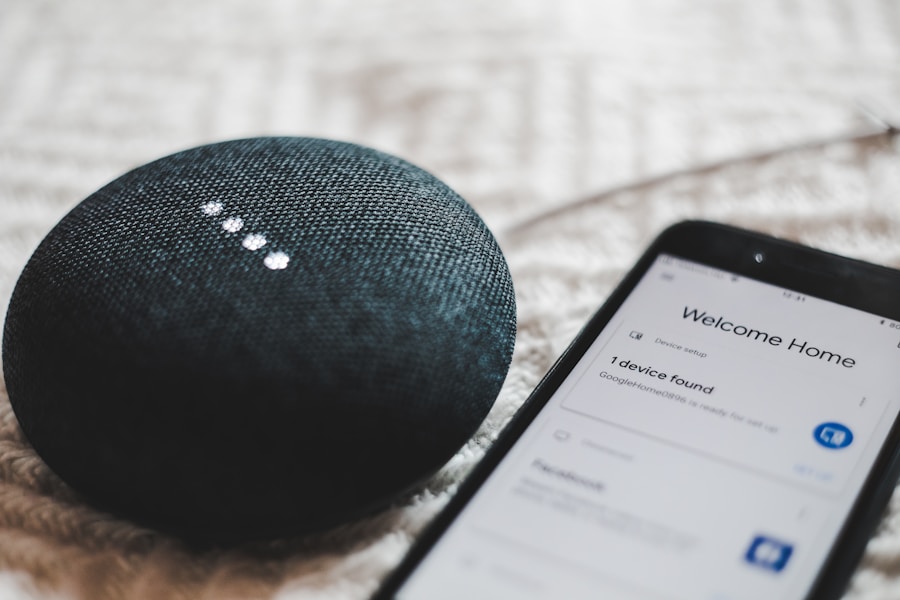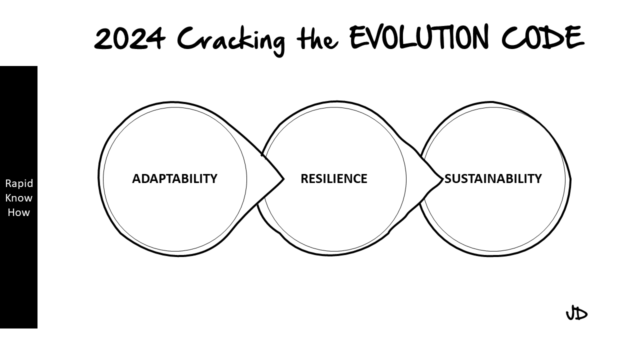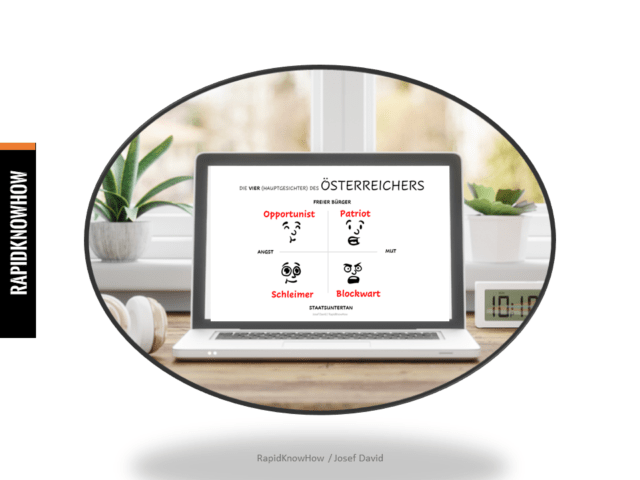Smart homes have become increasingly popular in recent years, as more and more people are embracing the convenience and comfort that these technologically advanced homes offer. From controlling the temperature and lighting with a simple voice command to remotely monitoring security cameras, smart homes have revolutionized the way we live. However, it is important to understand the concept of smart homes and how they work in order to fully appreciate their benefits and potential impact on society.
What is a smart home? Understanding the concept
A smart home is a residence that uses internet-connected devices to enable the remote monitoring and management of various systems and appliances. These devices are typically controlled through a central hub or smartphone app, allowing homeowners to automate and control different aspects of their home with ease. Smart homes utilize a combination of sensors, actuators, and communication technologies to create a network that can be accessed and controlled remotely.
Examples of smart home devices and systems include smart thermostats, which allow homeowners to control the temperature of their home from anywhere using their smartphone; smart lighting systems, which can be programmed to turn on or off at specific times or controlled through voice commands; and smart security systems, which provide real-time monitoring and alerts for potential intruders.
Benefits of smart homes: Convenience, comfort, and energy efficiency
One of the main benefits of smart homes is the increased convenience and comfort they offer. With a smart home system, homeowners can automate routine tasks such as turning on lights or adjusting the temperature, saving time and effort. Additionally, smart homes can provide personalized experiences by learning individual preferences and adjusting settings accordingly.
Another significant advantage of smart homes is their energy efficiency and cost savings. Smart thermostats, for example, can learn the homeowners’ schedule and adjust the temperature accordingly, resulting in energy savings and lower utility bills. Similarly, smart lighting systems can automatically turn off lights when no one is in the room, reducing energy waste.
Smart homes also offer improved safety and security. With smart security systems, homeowners can remotely monitor their home through security cameras and receive real-time alerts in case of any suspicious activity. Smart locks can also be controlled remotely, allowing homeowners to lock or unlock their doors from anywhere.
Smart home technology: Devices and systems that make it possible
There are various devices and systems that make smart homes possible. Some of the most common ones include:
1. Smart thermostats: These devices allow homeowners to control the temperature of their home remotely and can learn individual preferences to optimize energy usage.
2. Smart lighting: Smart lighting systems can be programmed to turn on or off at specific times or controlled through voice commands, providing convenience and energy savings.
3. Smart security systems: These systems include security cameras, motion sensors, and door/window sensors that can be monitored remotely, providing homeowners with peace of mind.
4. Smart appliances: From smart refrigerators that can create shopping lists to smart washing machines that can be controlled remotely, smart appliances offer convenience and efficiency.
5. Smart entertainment systems: These systems include smart TVs, speakers, and streaming devices that can be controlled through voice commands or smartphone apps, providing a seamless entertainment experience.
The role of artificial intelligence in smart homes
Artificial intelligence (AI) plays a crucial role in smart homes by enabling devices to learn from user behavior and make intelligent decisions. AI algorithms analyze data collected by sensors and actuators to optimize energy usage, personalize experiences, and improve overall efficiency.
Examples of AI-powered smart home devices include voice-activated assistants like Amazon Alexa or Google Assistant, which use natural language processing algorithms to understand and respond to user commands. These assistants can control various smart home devices, answer questions, and provide information.
The benefits of AI in smart homes are numerous. AI algorithms can learn individual preferences and adjust settings accordingly, providing personalized experiences. They can also optimize energy usage by analyzing data and making intelligent decisions to reduce waste. Additionally, AI-powered security systems can detect patterns and anomalies to provide better protection against potential threats.
Smart homes and the Internet of Things (IoT)
The Internet of Things (IoT) is a network of interconnected devices that communicate and exchange data with each other. In the context of smart homes, IoT enables different devices and systems to work together seamlessly, creating a unified and interconnected ecosystem.
IoT is used in smart homes to connect various devices and systems, allowing them to communicate and share data. For example, a smart thermostat can communicate with a smart lighting system to adjust the lighting based on the temperature settings. Similarly, a smart security system can communicate with smart locks to automatically lock or unlock doors when the system is armed or disarmed.
The benefits of IoT in smart homes are significant. It allows for increased automation and control, as devices can work together to perform tasks more efficiently. It also enables real-time monitoring and alerts, as devices can communicate and share information instantly. However, there are also challenges associated with IoT in smart homes, such as security risks and compatibility issues between different devices and systems.
Security concerns: Protecting your smart home from cyber threats
While smart homes offer numerous benefits, they also come with security risks that need to be addressed. As smart home devices are connected to the internet, they are vulnerable to cyber threats such as hacking or unauthorized access.
Common security risks in smart homes include weak passwords, outdated software, and insecure Wi-Fi networks. Hackers can exploit these vulnerabilities to gain access to sensitive information or control smart home devices remotely.
To protect your smart home from cyber threats, it is important to follow best practices for cybersecurity. This includes using strong passwords for all devices and regularly updating software to ensure that you have the latest security patches. It is also recommended to secure your Wi-Fi network with a strong password and enable encryption.
Regularly monitoring your smart home devices for any suspicious activity and being cautious when granting permissions to third-party apps or services can also help protect your smart home from cyber threats.
Smart home trends: What to expect in the future
The future of smart homes is promising, with advancements in technology and increasing integration of devices and systems. Some of the trends to expect in the future include:
1. Increasing integration of smart home devices and systems: As technology advances, we can expect to see more seamless integration between different smart home devices and systems. This will allow for even greater automation and control, as devices will be able to work together more efficiently.
2. Advancements in AI and IoT technology: AI and IoT will continue to evolve, enabling smarter and more connected smart home ecosystems. AI algorithms will become more sophisticated, allowing for better personalization and optimization. IoT technology will also improve, addressing current challenges such as compatibility issues and security risks.
3. Growing popularity of voice-activated assistants: Voice-activated assistants like Amazon Alexa or Google Assistant are becoming increasingly popular, and their use in smart homes is expected to grow. These assistants provide a convenient way to control various smart home devices through voice commands, and their capabilities will continue to expand.
Smart homes and sustainability: Reducing carbon footprint
Smart homes have the potential to significantly reduce energy consumption and contribute to a more sustainable future. By optimizing energy usage and reducing waste, smart homes can help reduce carbon emissions and lower our impact on the environment.
Smart thermostats, for example, can learn individual preferences and adjust temperature settings accordingly, resulting in energy savings. Smart lighting systems can automatically turn off lights when no one is in the room, reducing energy waste. Similarly, smart appliances can optimize energy usage by running at off-peak times or adjusting settings based on energy prices.
In addition to energy efficiency, there are also sustainable smart home devices and systems that utilize renewable energy sources. For example, solar panels can be integrated into smart homes to generate clean and renewable energy. Smart home systems can also be programmed to take advantage of renewable energy sources, such as charging electric vehicles during the day when solar power is abundant.
Smart homes and healthcare: Improving quality of life for the elderly and disabled
Smart homes have the potential to greatly improve the quality of life for the elderly and disabled by assisting with their healthcare needs. With the use of smart home devices and systems, individuals can have greater independence and access to healthcare services.
Smart homes can be equipped with devices that monitor vital signs, such as heart rate or blood pressure, and alert healthcare providers in case of any abnormalities. This allows for early detection of health issues and timely intervention.
Additionally, smart home devices can assist with daily tasks and provide reminders for medication or appointments. Voice-activated assistants can be used to control various devices through voice commands, making it easier for individuals with mobility or dexterity issues to navigate their homes.
The future of smart homes and its impact on society
In conclusion, smart homes have become increasingly popular due to their convenience, comfort, and energy efficiency. Understanding the concept of smart homes and the technology behind them is important in order to fully appreciate their benefits and potential impact on society.
The integration of artificial intelligence and the Internet of Things in smart homes has revolutionized the way we live, allowing for increased automation, personalization, and control. However, it is important to address security concerns and ensure responsible and sustainable smart home design.
The future of smart homes is promising, with advancements in technology and increasing integration of devices and systems. As technology continues to evolve, we can expect even greater automation, efficiency, and connectivity in our homes. Smart homes have the potential to significantly reduce our carbon footprint and improve the quality of life for the elderly and disabled.
Overall, smart homes have the potential to transform our lives and have a positive impact on society and the environment. It is important to embrace this technology responsibly and ensure that it is accessible to all, while also considering the potential challenges and risks associated with it.




